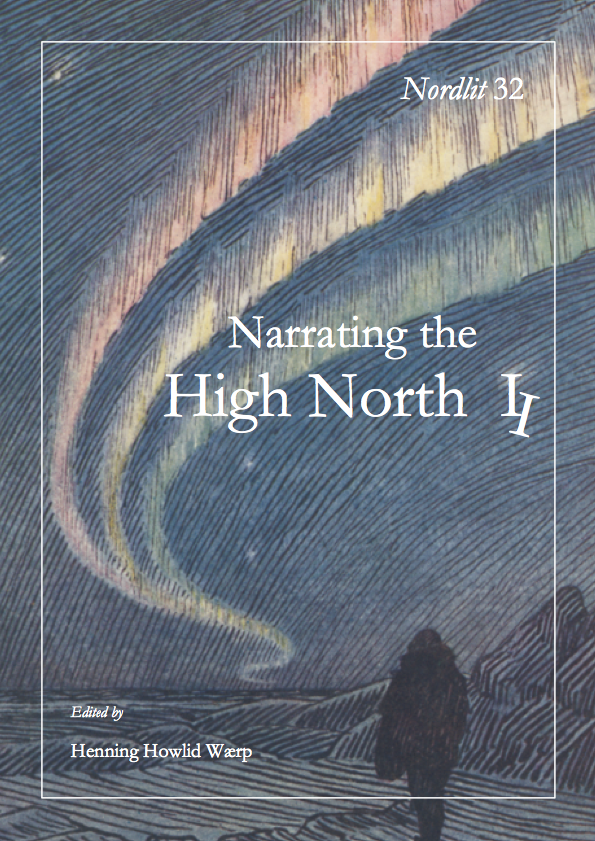China in the Arctic: interests, actions and challenges
DOI:
https://doi.org/10.7557/13.3072Keywords:
China, Arctic, interests, international relations.Abstract
This article gives an overview of China’s interest in and approach to the Arctic region. The following questions are raised: 1.Why is China getting involved in the Arctic, 2. How is China’s engagement in the Arctic playing out? 3, What are the most important issues that need to be solved in order for China to increase its relevance and importance as a political actor and partner in the Arctic. In applying a rationalist approach when answering the research questions, I identify how China in the last few years increasingly has been accepted as a legitimate stakeholder in the Arctic, with important stakes and activities in areas such as shipping, resource utilization and environmental science. The article concludes with pointing out some issues that remain to be solved including Chinas role in issues of global politics, the role of observers in the Arctic Council as well as pointing out how China itself needs to decide important aspects of their future role in the region.









